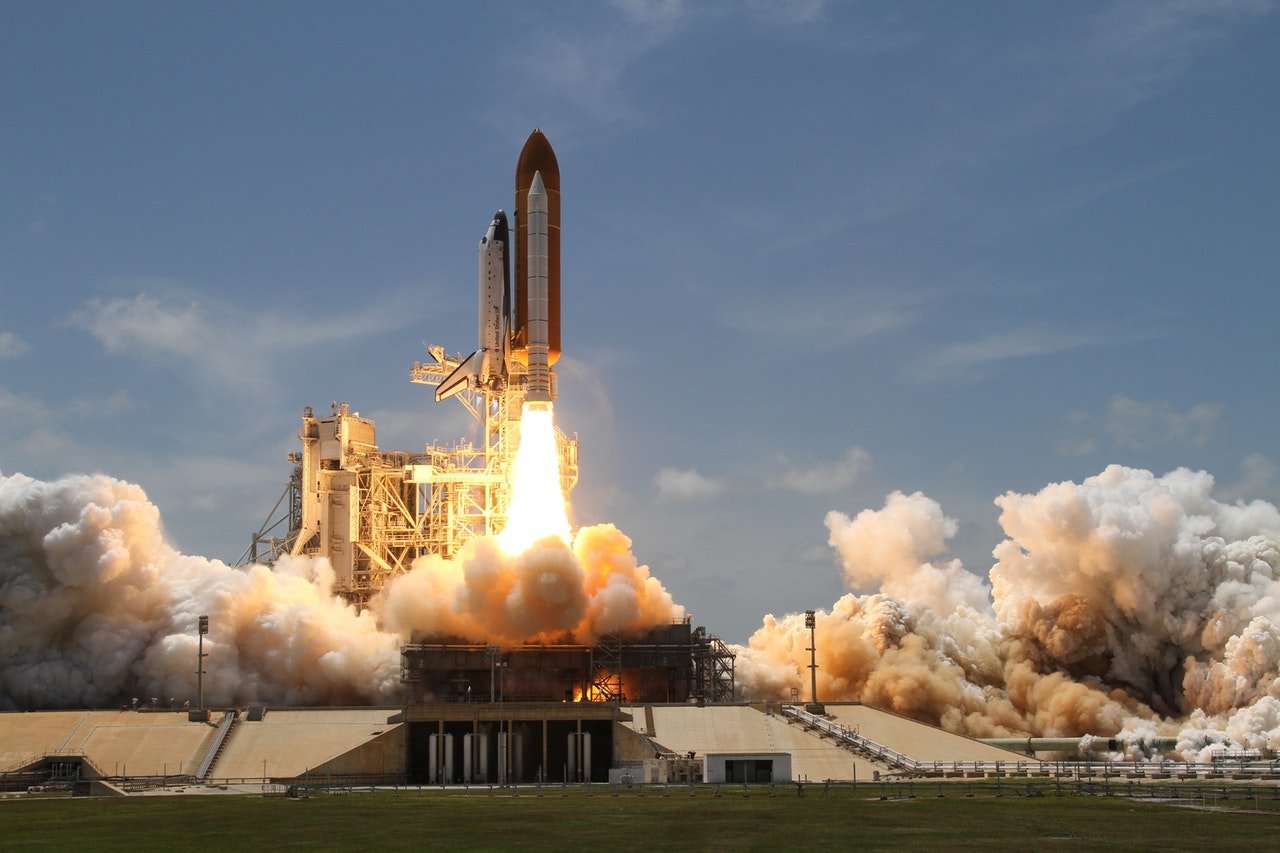Innovation has always been the driving force behind industrial transformation, and 2025 is proving to be a pivotal year for groundbreaking advancements. From healthcare to energy, these innovations are reshaping how industries operate, boosting efficiency, and creating opportunities for growth across global markets. Below, we explore the most impactful breakthroughs of 2025 and their implications for businesses, consumers, and society.
1. Revolutionizing Healthcare Through Advanced Technologies
The healthcare sector has long been a hotbed of innovation, but 2025 has taken it to the next level with medical technologies that are saving lives while improving accessibility and efficiency.
1.1 AI-Powered Diagnostics
Artificial intelligence is now playing a central role in patient diagnostics. AI models trained on vast datasets can identify diseases like cancer, diabetes, and rare conditions faster and with higher accuracy than traditional methods. This shift is empowering healthcare providers to offer earlier interventions and personalized treatment.
Implications:
- Faster disease detection reduces late-stage diagnoses.
- Physician workloads are eased, improving overall healthcare delivery.
- Patients gain access to more customized care paths.
1.2 Remote Robotic Surgery
Robotic-assisted surgery isn’t new, but the introduction of remote capabilities has opened unprecedented possibilities. Surgeons can now operate on patients in distant locations using precision-guided robotic tools, reducing barriers for communities in underserved regions.
Implications:
- Rural and remote areas gain access to expert surgical care.
- Precision technology reduces surgical complications and recovery times.
- International medical collaborations strengthen.
1.3 mRNA Treatment Expansion
Following its success with COVID-19 vaccines, mRNA technology is now being applied to other diseases, such as cancer and autoimmune disorders. Researchers are developing vaccines and treatments targeting specific genetic profiles, drastically improving effectiveness.
Implications:
- More targeted therapies lead to better health outcomes.
- Drug development timelines shorten through mRNA advancements.
- Rising focus on medical personalization improves patient satisfaction.
2. Transformative Technologies in Energy and Sustainability
With climate challenges more pressing than ever, breakthroughs in energy are paving the way for sustainable growth while reducing global dependence on traditional fuels.
2.1 Solid-State Batteries
Solid-state batteries are revolutionizing energy storage by offering higher capacity, longer lifespans, and fast-charging capabilities compared to lithium-ion technology. This innovation is particularly promising for electric vehicles (EVs) and renewable energy systems.
Implications:
- EV adoption accelerates due to improved convenience and range.
- Renewable energy scalability increases with efficient storage solutions.
- Reduced reliance on environmentally harmful mining of rare metals.
2.2 Green Hydrogen
Hydrogen fuel has emerged as a major contender for clean energy in industries like transportation and heavy manufacturing. Green hydrogen, produced using renewable energy, is leading the charge in 2025 as an eco-friendly fuel alternative.
Implications:
- Industries can decarbonize high-energy processes like steel production.
- Green hydrogen powers large cargo vehicles and airplanes, reducing emissions.
- Energy-exporting nations see opportunities to capitalize on hydrogen production.
2.3 Carbon Capture Technologies
Breakthroughs in carbon capture are improving efficiency and scalability for removing CO2 from industrial emissions. Advanced scrubbing mechanisms are enabling cost-effective implementation across sectors.
Implications:
- Heavy polluters like cement and power plants can meet stricter regulations.
- Carbon credits create new financial incentives for emission reductions.
- Atmospheric carbon removal slows the pace of climate change repercussions.
3. Technological Advancements Driving Shifts in Manufacturing
Manufacturing processes are undergoing a revolution due to automation, materials science, and digital twin technologies. These developments are creating smarter, more efficient production lines.
3.1 3D Printing with Advanced Materials
3D printing is becoming a mainstream manufacturing method. Innovations in printing materials, including metals and biocompatible polymers, are expanding its use to aerospace, healthcare, and construction industries.
Implications:
- Businesses benefit from reduced prototyping costs and production timelines.
- Customization becomes a competitive advantage for manufacturers.
- Sustainable manufacturing gets a boost with reduced material waste.
3.2 Digital Twin Technology
Digital twins—real-time virtual replicas of physical assets—are streamlining manufacturing operations by simulating performance, predicting failures, and optimizing workflows.
Implications:
- Downtime and maintenance costs decrease as predictive analysis improves.
- Product quality increases through virtual testing before production starts.
- Remote monitoring expands control over global operations.
3.3 Cobots in Assembly Lines
Collaborative robots (or “cobots”) are working side by side with human operators in smart factories. These robots are lightweight, flexible, and equipped with AI capabilities to adapt to complex tasks.
Implications:
- Productivity increases without replacing human workers entirely.
- Worker safety improves as robots handle hazardous or repetitive tasks.
- Small and mid-sized manufacturers can adopt automation at lower costs.
4. Cross-Industry Impacts of Emerging Innovations
While each sector experiences unique breakthroughs, many innovations are sparking interconnected changes across industries.
4.1 Quantum Computing Applications
Quantum computing is no longer theoretical—2025 sees practical deployments in areas like logistics, drug discovery, and risk analysis. These super-fast computers solve problems that are impossible for classical systems.
Implications:
- Logistics companies optimize global supply chains in real-time.
- Pharmaceuticals accelerate breakthroughs by simulating complex molecular interactions.
- Financial services adopt quantum algorithms for better fraud prediction.
4.2 AI-Powered Predictive Analytics
Predictive analytics, enhanced by AI, is generating actionable insights in diverse areas like retail, healthcare, and public safety. Companies can anticipate trends and react ahead of competitors.
Implications:
- Retailers boost sales by predicting customer behaviors and preferences.
- Governments improve disaster preparedness with AI-driven forecasting models.
- Businesses in all sectors gain a competitive edge with sharper decision-making.
4.3 Synthetic Biology
Synthetic biology is combining biology and technology to create engineered life forms and novel materials. Industries are applying this for everything from bioengineered crops to lab-grown meat.
Implications:
- Agriculture reduces its environmental footprint with resistant crops.
- Lab-based protein sources decrease the demand for traditional livestock farming.
- Material science innovations power lighter, stronger products.
5. How Businesses Can Leverage These Innovations in 2025
Staying competitive in 2025 requires businesses to:
- Prioritize Adoption: Evaluate how these advancements align with strategic goals and invest early.
- Build Partnerships: Collaborate with tech leaders and startups for faster implementation.
- Skill Up Workforce: Train teams to adapt to tech-driven workflows and innovative practices.
- Focus on Sustainability: Consumers increasingly value organizations committed to eco-friendly practices.
Closing Thoughts
The industries of 2025 are being shaped by innovations that enhance efficiency, prioritize sustainability, and deliver better outcomes for businesses and consumers alike. By keeping pace with these breakthroughs, organizations can unlock new opportunities and maintain a competitive edge in a rapidly evolving world. This is the era to adapt, experiment, and grow in harmony with technological progress and global needs.




